Metal screen protects this Bengaluru home by Kumar La Noce
Kumar La Noce designs JP House, a metal screen-clad, multigenerational home in Bengaluru, India
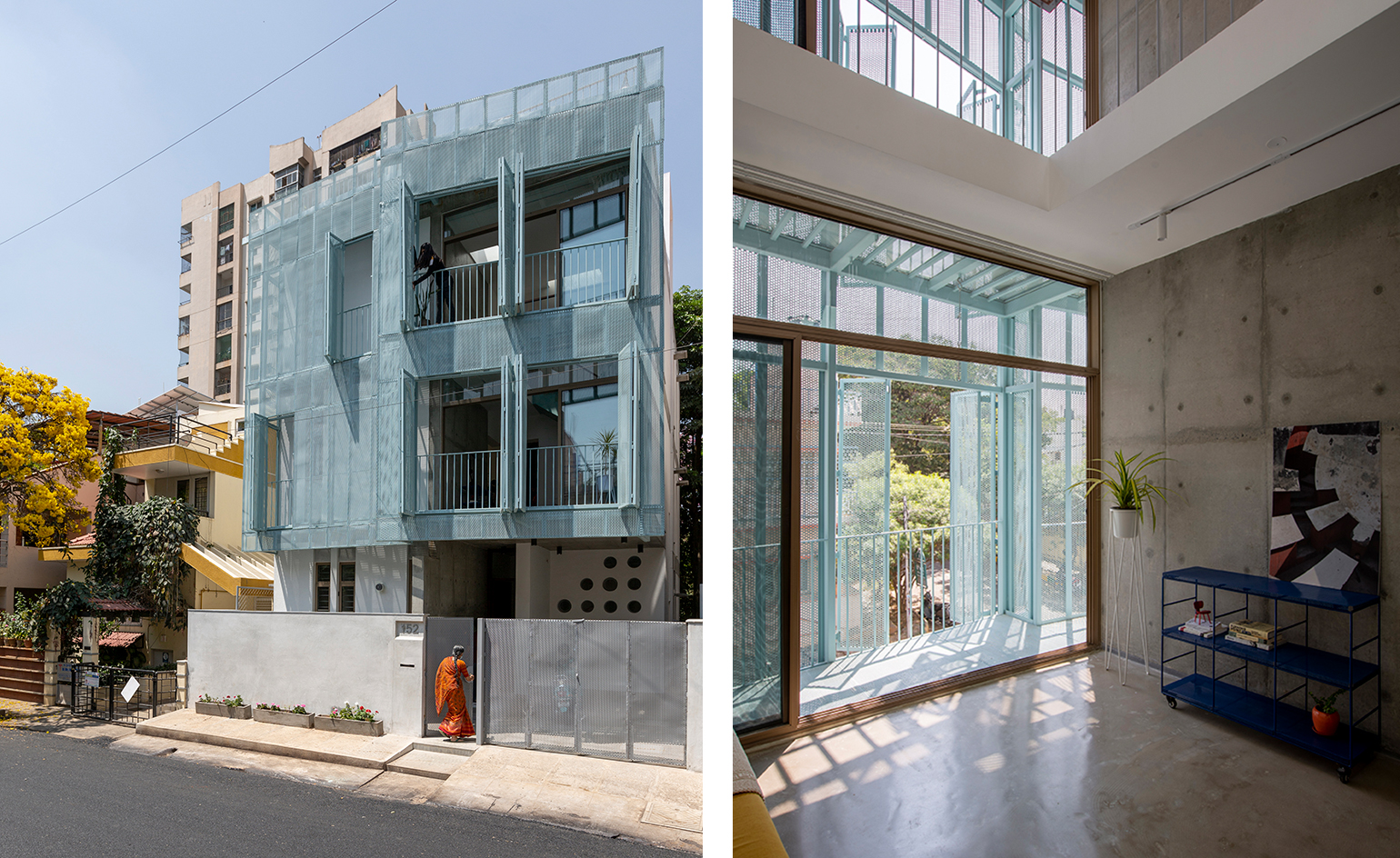
Vivek Muthuramalingam - Photography
This metal screen-clad, multigenerational family home in Bengaluru, Karnataka, offers airy, functional and contemporary accomodation for an illustrator, their family unit and parents. JP House comprises two interconnected apartments; the uppermost hosts the client's unit, while the lower space is reserved for the grandparents. Designed by locally based architecture studio Kumar La Noce, the new-build house balances family warmth and a clean, almost industrial aesthetic infused with a minimalist architecture feel inside.
Kumar La Noce, headed by Bhavana Kumar and Nicola La Noce, crafted a three-storey building to best cater to the extended family’s needs. The modern structure is unified by a light blue perforated ‘veil’ on the street side – a delicate and playful metal screen. Yet this element is not simply an aesthetic gesture. Its permeable nature helps regulate the heat, air and sunlight that flows into the interior, ensuring comfortable conditions for the residents.
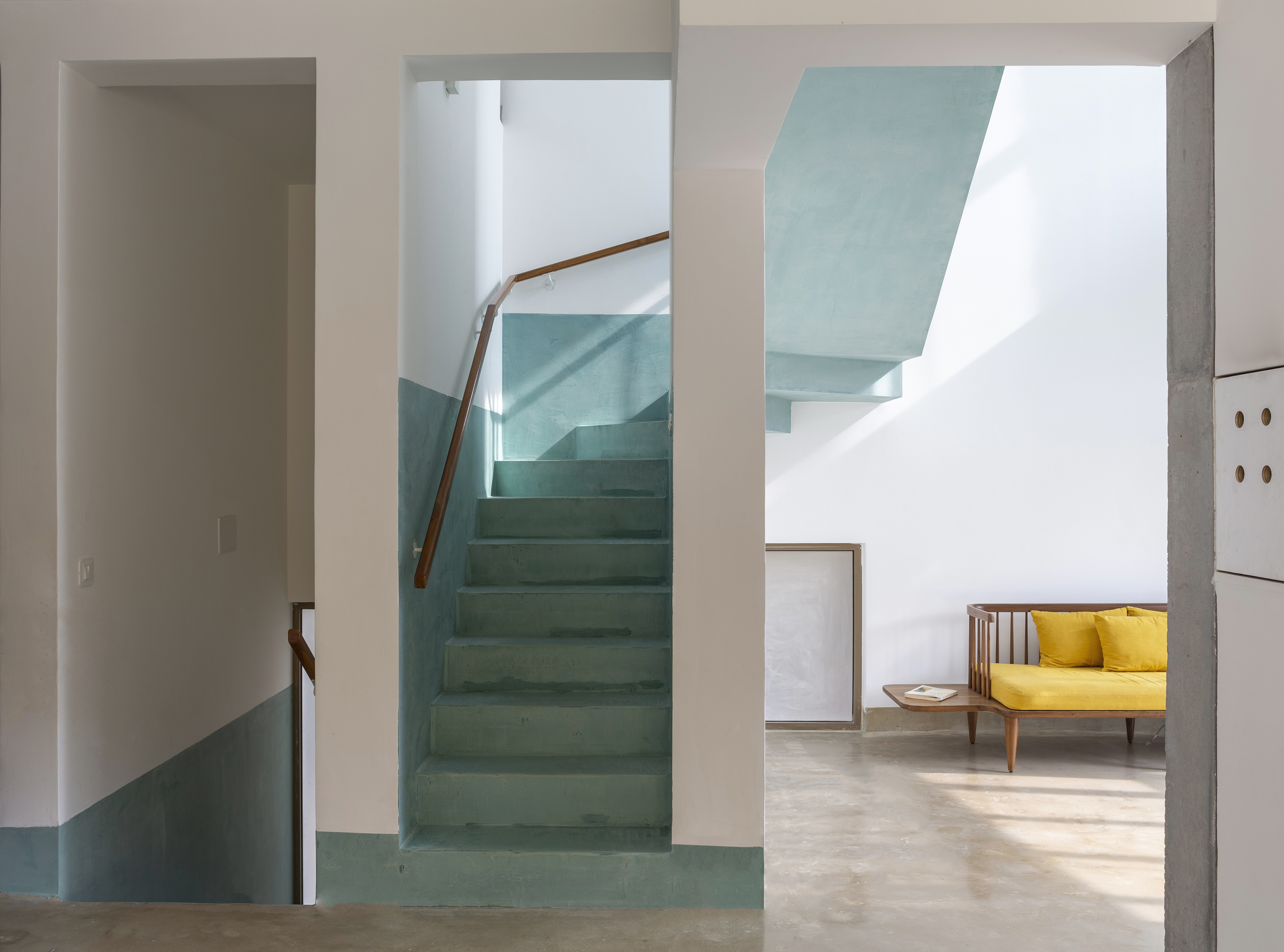
Stepping indoors, a clean interior exudes confidence, in an overall hardwearing, utilitarian atmosphere. The material palette is composed of white walls, polished cement and a handful of carefully chosen, bespoke wooden details. A green painted master staircase matches the external skin tone and provides a pop of colour, alongside strategic, bright furniture pieces.
Inside and outside merge behind the metal façade through open-air yet protected balconies that run along the front, which also allow for close appreciation of this key architectural feature. ‘The perforated metal façade is envisioned as a “filigree”; it incorporates simple but sophisticated detailing to retain lightness, while using readily available metal sections,’ the architects explain. ‘The custom screen system was realised through a close collaboration with a fabricator, who has a passion for detail in metal working. An exercise in balancing performance with minimal, essential and rugged detailing, craft plays a role here as much as engineering.’
Balancing Bengaluru’s hot climate, neighbours’ views and a tight urban site, JP House’s design is simple, yet effective, offering spatial luxury through smart architecture and relatively inexpensive materials.
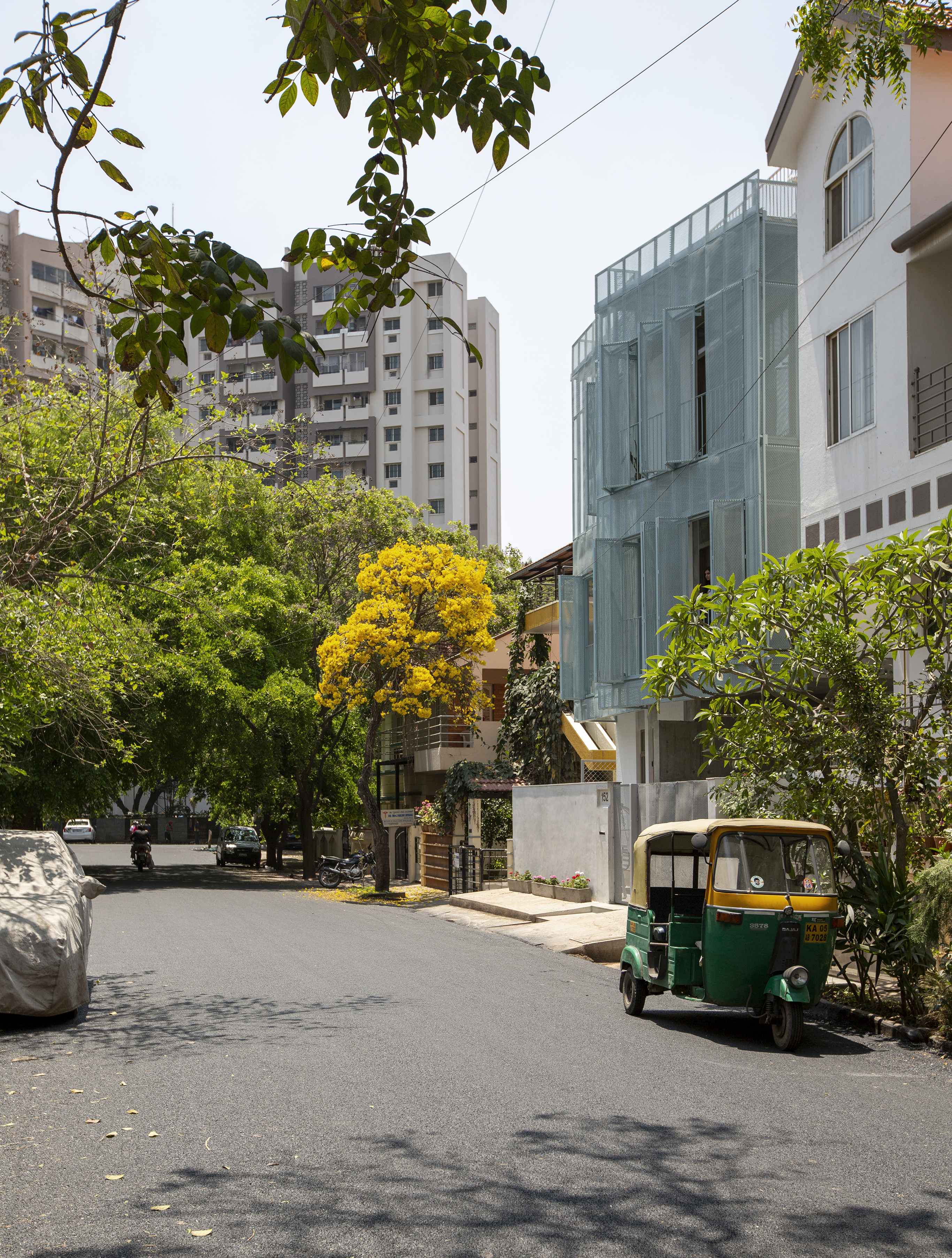
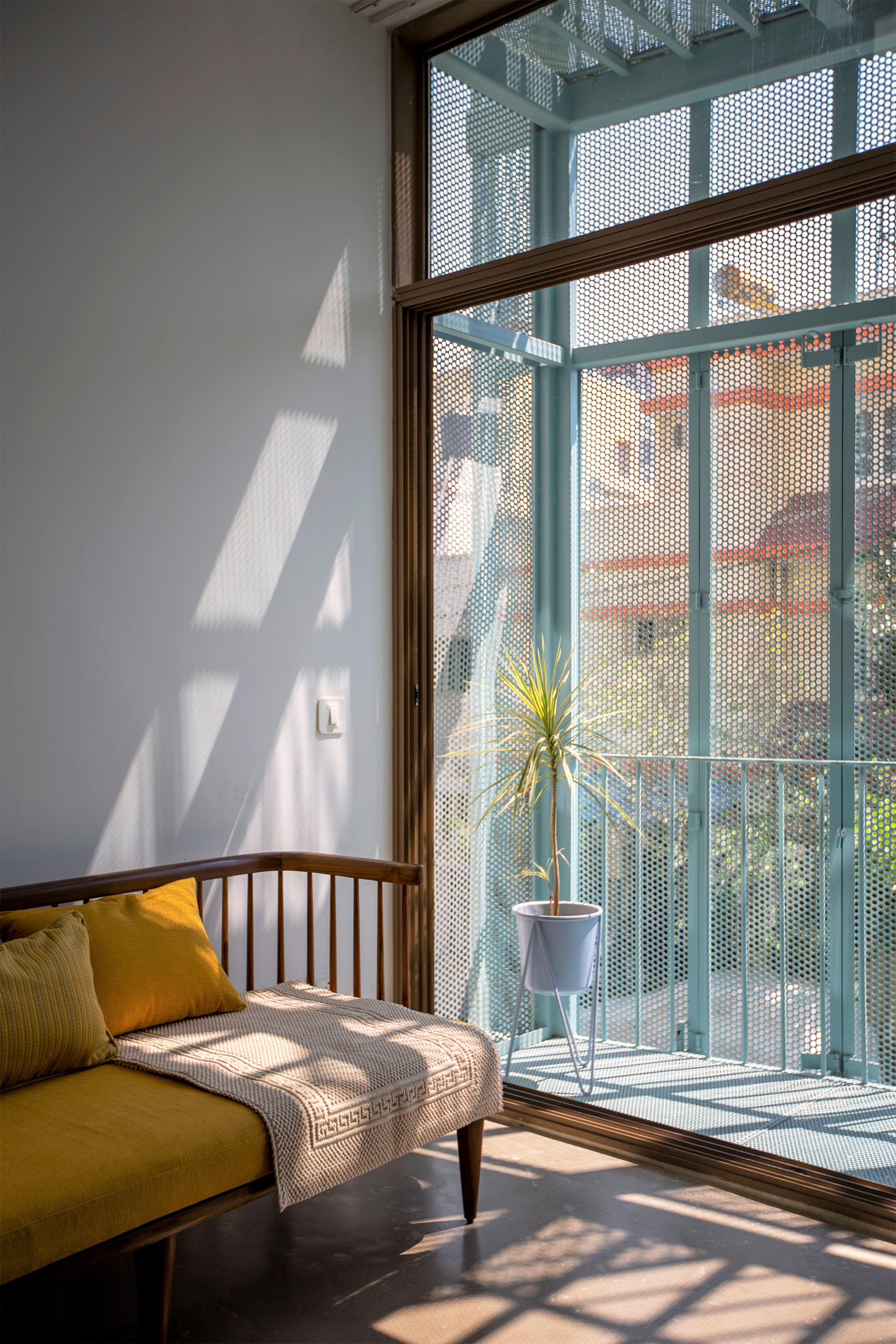
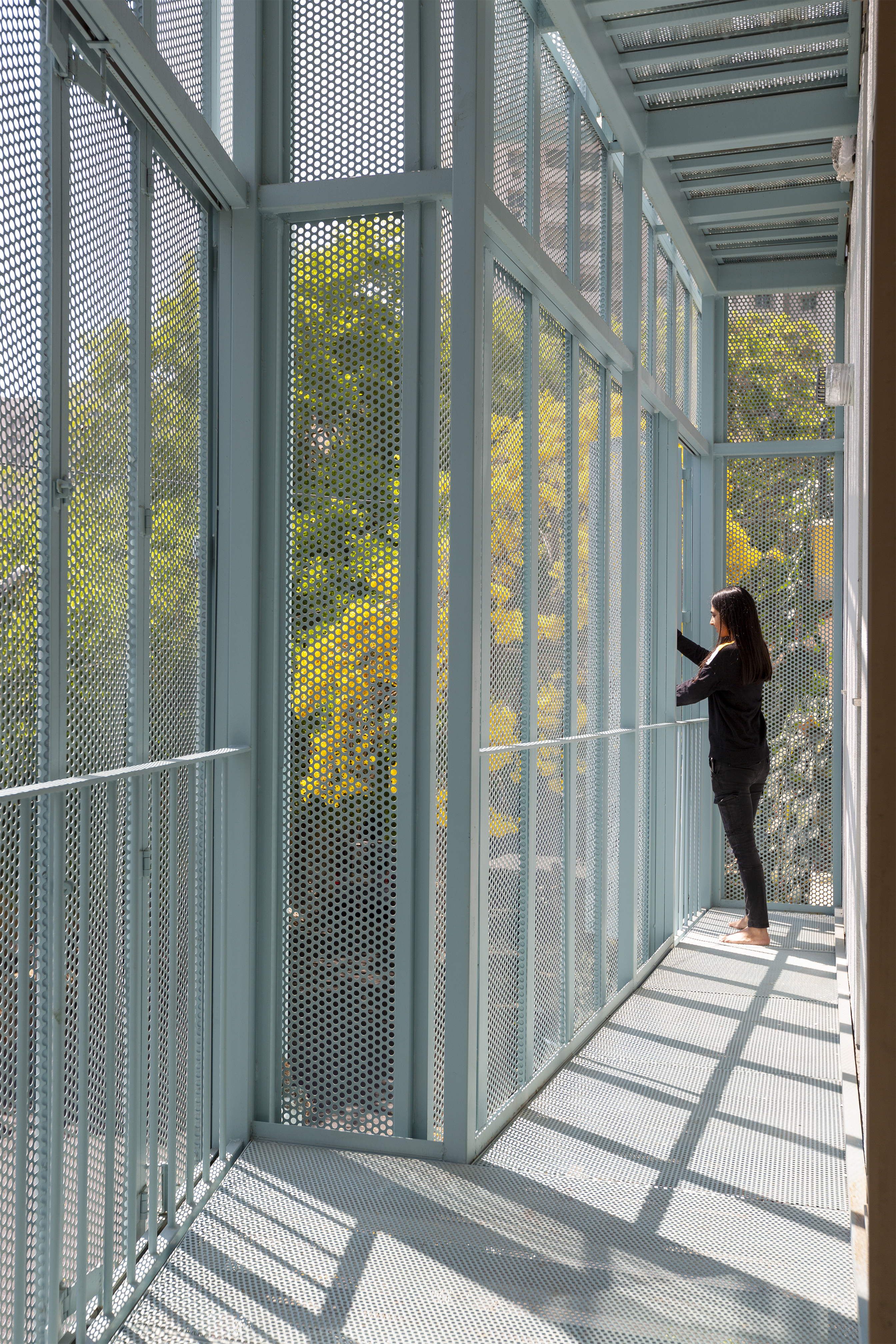
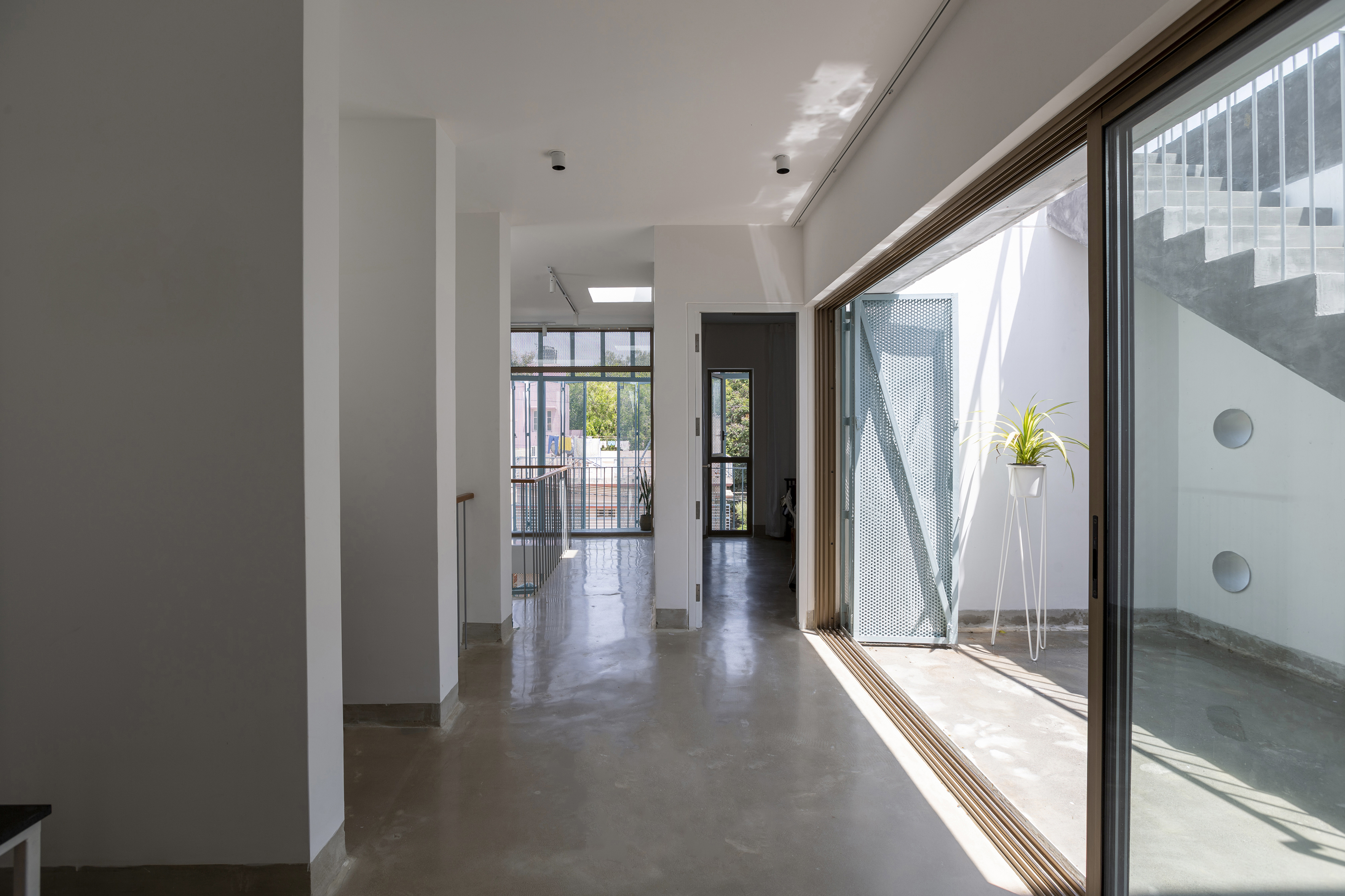

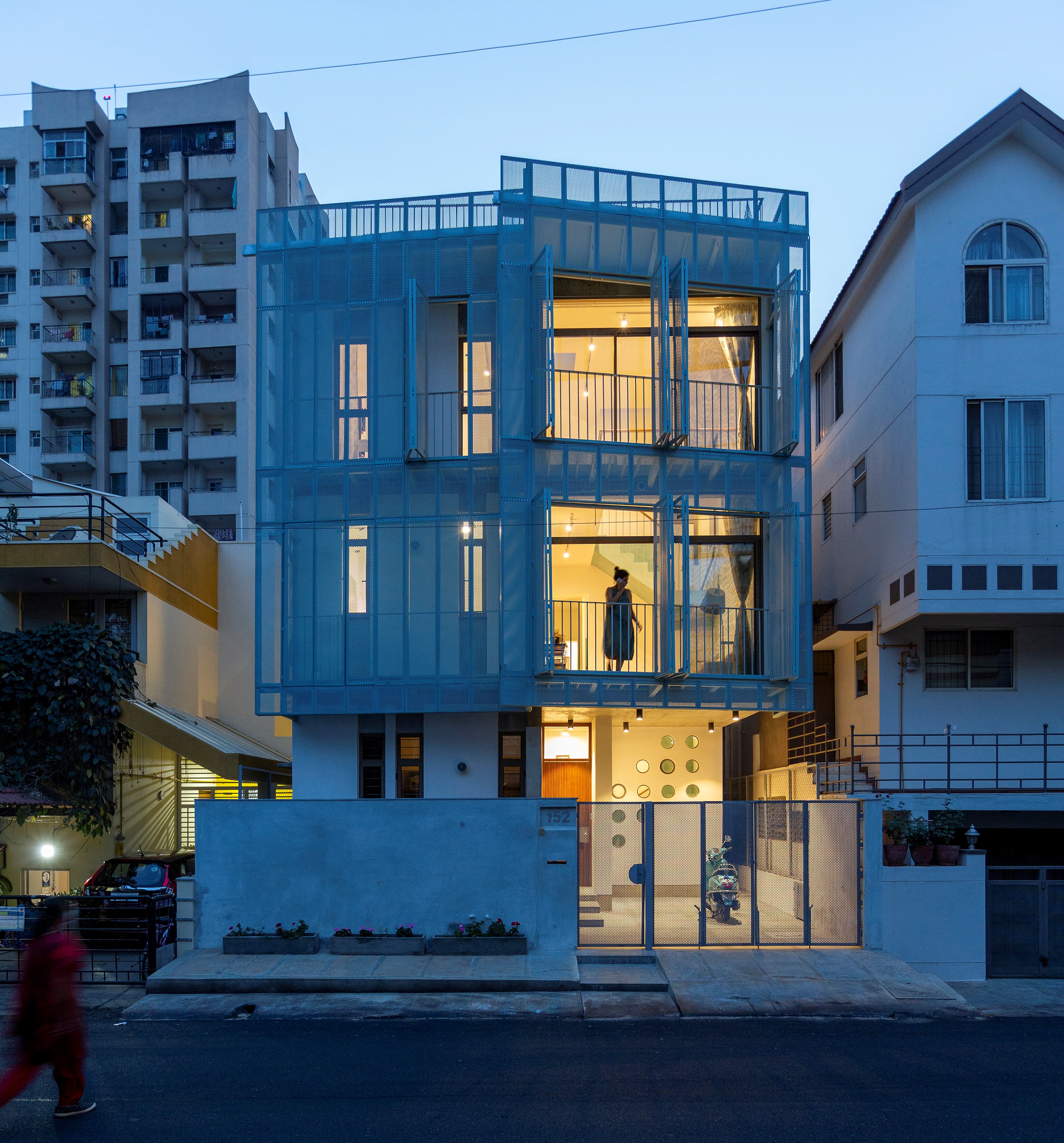
INFORMATION
Wallpaper* Newsletter
Receive our daily digest of inspiration, escapism and design stories from around the world direct to your inbox.
Ellie Stathaki is the Architecture & Environment Director at Wallpaper*. She trained as an architect at the Aristotle University of Thessaloniki in Greece and studied architectural history at the Bartlett in London. Now an established journalist, she has been a member of the Wallpaper* team since 2006, visiting buildings across the globe and interviewing leading architects such as Tadao Ando and Rem Koolhaas. Ellie has also taken part in judging panels, moderated events, curated shows and contributed in books, such as The Contemporary House (Thames & Hudson, 2018), Glenn Sestig Architecture Diary (2020) and House London (2022).
-
 All-In is the Paris-based label making full-force fashion for main character dressing
All-In is the Paris-based label making full-force fashion for main character dressingPart of our monthly Uprising series, Wallpaper* meets Benjamin Barron and Bror August Vestbø of All-In, the LVMH Prize-nominated label which bases its collections on a riotous cast of characters – real and imagined
By Orla Brennan
-
 Maserati joins forces with Giorgetti for a turbo-charged relationship
Maserati joins forces with Giorgetti for a turbo-charged relationshipAnnouncing their marriage during Milan Design Week, the brands unveiled a collection, a car and a long term commitment
By Hugo Macdonald
-
 Through an innovative new training program, Poltrona Frau aims to safeguard Italian craft
Through an innovative new training program, Poltrona Frau aims to safeguard Italian craftThe heritage furniture manufacturer is training a new generation of leather artisans
By Cristina Kiran Piotti
-
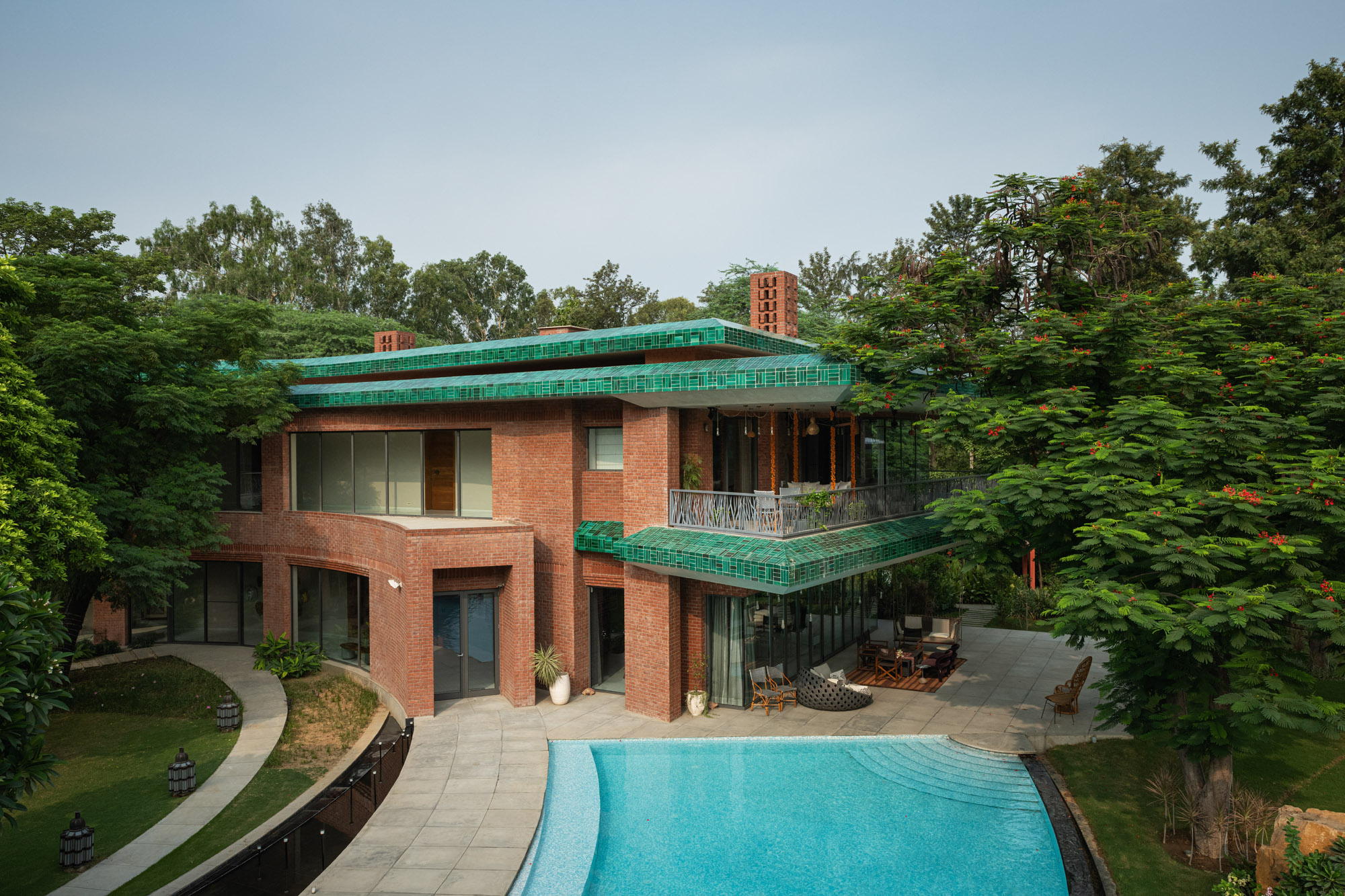 Shalini Misra’s Delhi home is a seasonal sanctuary ‘made in India’
Shalini Misra’s Delhi home is a seasonal sanctuary ‘made in India’Interior designer Shalini Misra’s retreat in the Indian capital champions modernist influences, Islamic ancestry and local craftsmanship
By Sunil Sethi
-
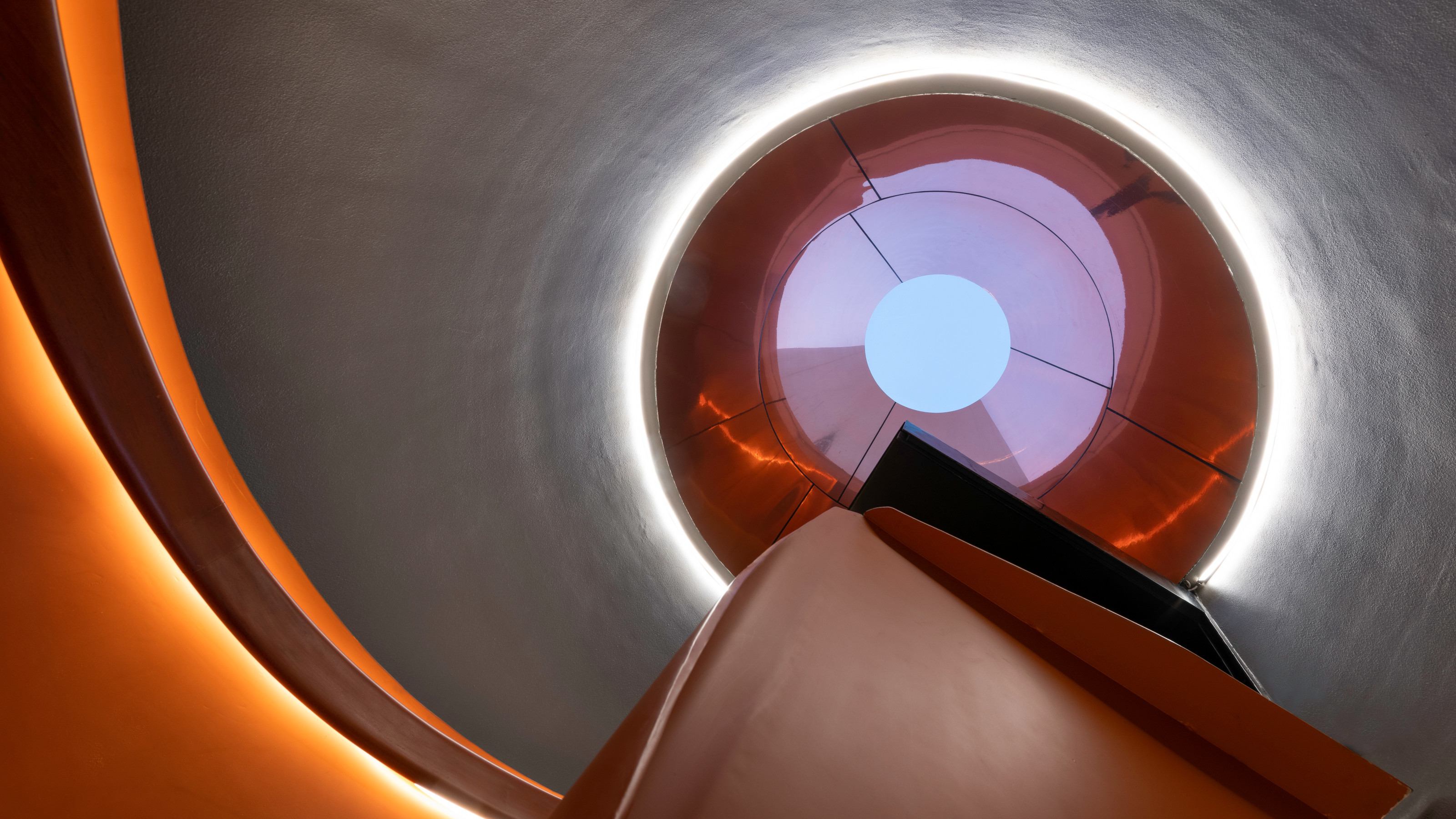 A triplex Mumbai penthouse contains sculptural staircases and expansive terraces
A triplex Mumbai penthouse contains sculptural staircases and expansive terracesEnso House is a multigenerational Mumbai penthouse by S+PS Architects that combines a reorganised interior programme with bespoke finishes and crafts
By Jonathan Bell
-
 This ‘architourism’ trip explores India’s architectural history, from Mughal to modernism
This ‘architourism’ trip explores India’s architectural history, from Mughal to modernismArchitourian is offering travellers a seven-night exploration of northern India’s architectural marvels, including Chandigarh, the city designed by Le Corbusier
By Anna Solomon
-
 At the Institute of Indology, a humble new addition makes all the difference
At the Institute of Indology, a humble new addition makes all the differenceContinuing the late Balkrishna V Doshi’s legacy, Sangath studio design a new take on the toilet in Gujarat
By Ellie Stathaki
-
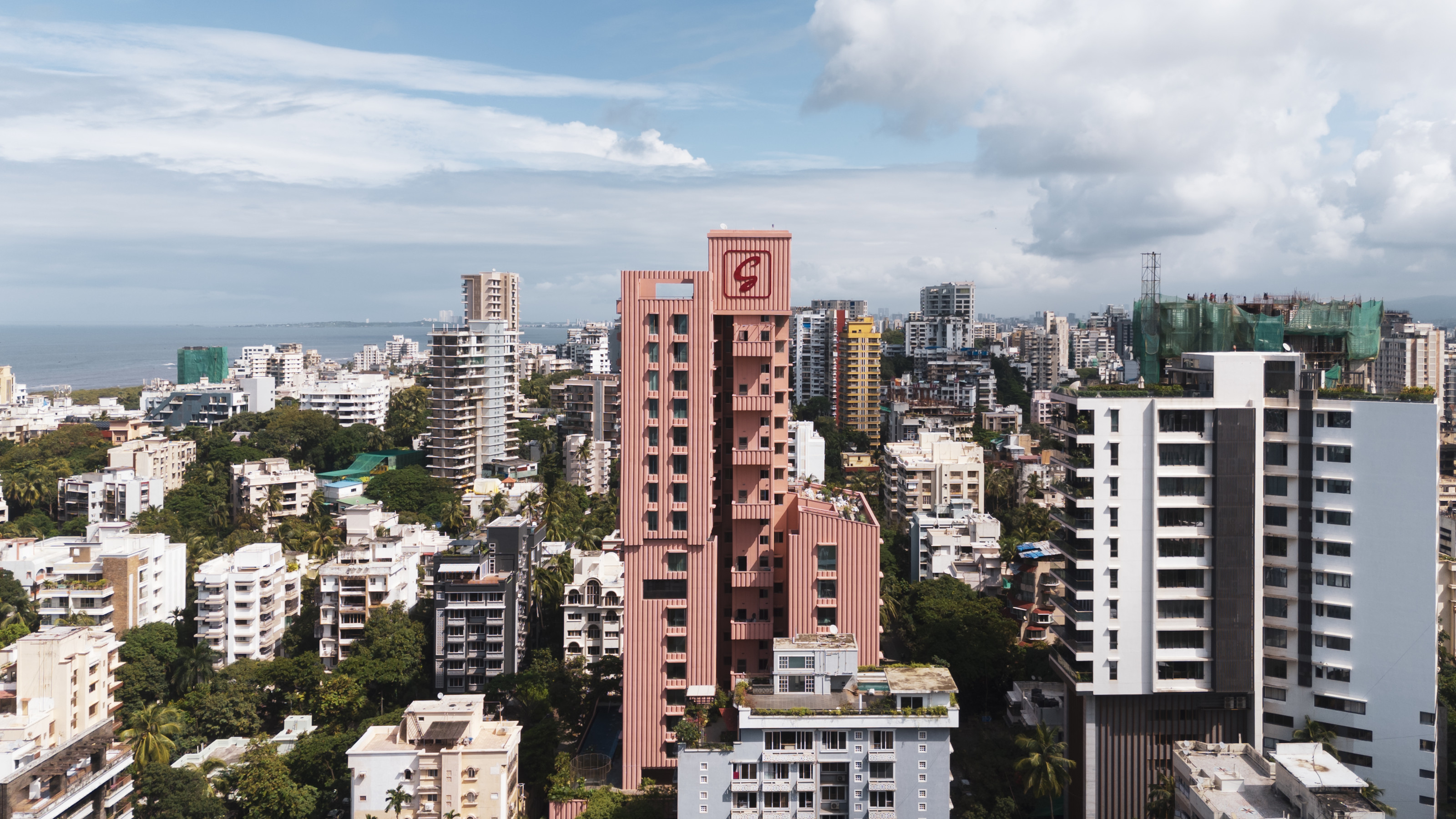 Pretty in pink: Mumbai's new residential tower shakes up the cityscape
Pretty in pink: Mumbai's new residential tower shakes up the cityscape'Satguru’s Rendezvous' in Mumbai houses luxury apartments behind its elegant fluted concrete skin. We take a tour.
By Jonathan Bell
-
 Join our world tour of contemporary homes across five continents
Join our world tour of contemporary homes across five continentsWe take a world tour of contemporary homes, exploring case studies of how we live; we make five stops across five continents
By Ellie Stathaki
-
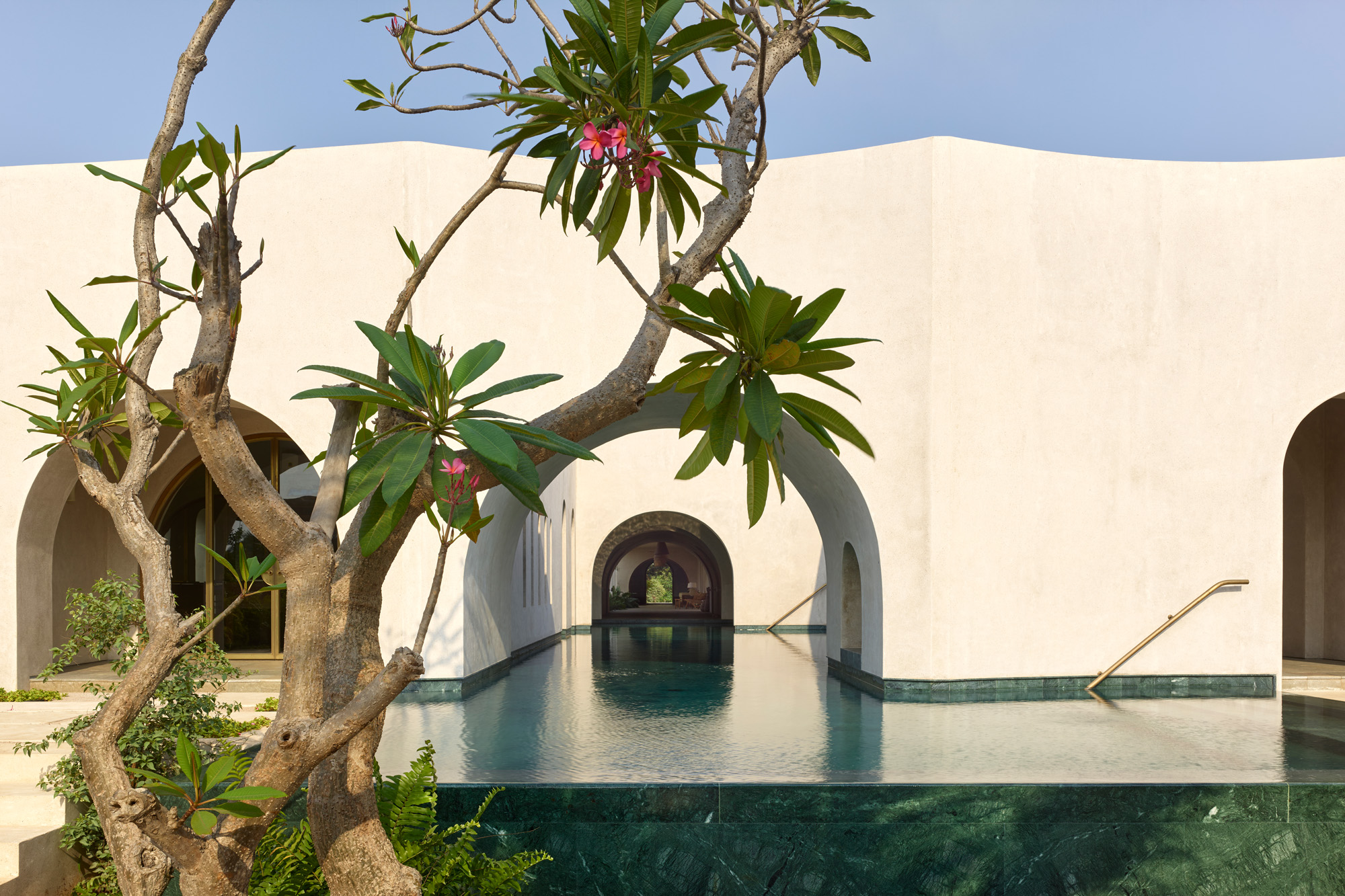 Walk through an Indian villa near Mumbai, where time slows down
Walk through an Indian villa near Mumbai, where time slows downIn this Indian villa, Architecture Brio weaves together water features, stunning gardens and graceful compositions to create a serene retreat near Mumbai
By Stephen Crafti
-
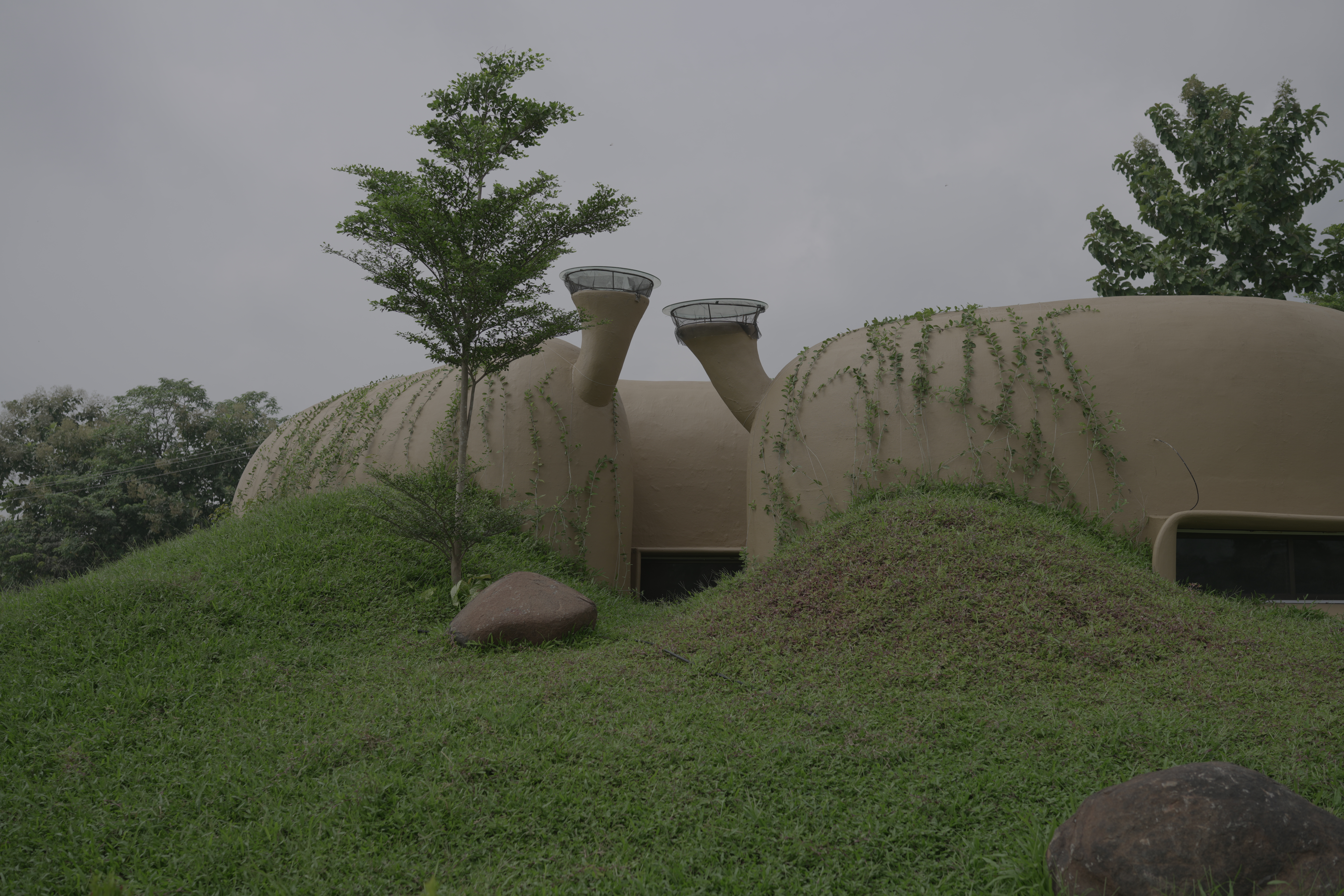 Nine emerging Indian architecture studios on a mission to transform their country
Nine emerging Indian architecture studios on a mission to transform their countryWe survey the emerging Indian architecture studios and professionals, who come armed with passion, ideas and tools designed to foster and bolster their country's creative growth
By Ellie Stathaki